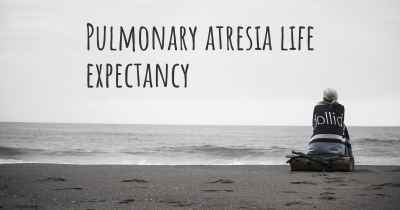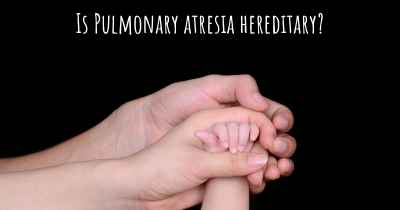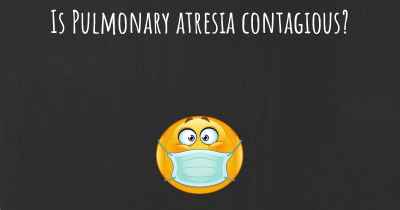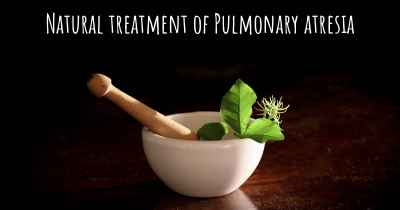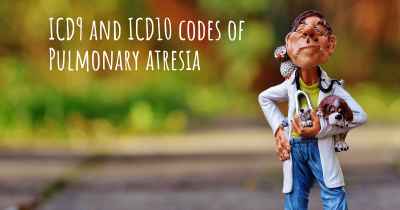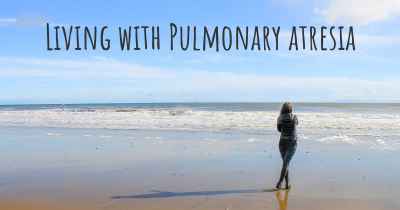Is it advisable to do exercise when affected by Pulmonary atresia? Which activities would you suggest and how intense should they be?
See if it is advisable for people with Pulmonary atresia to practice sports and which ones are the most recommended if you have Pulmonary atresia
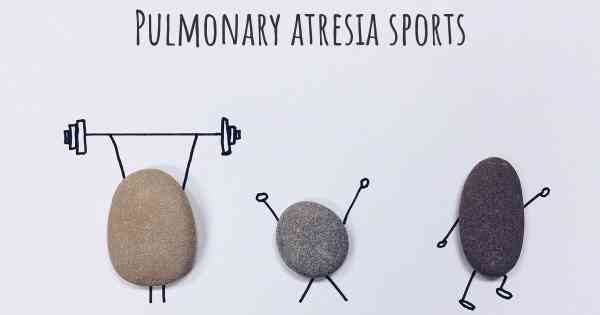
Exercise Recommendations for Pulmonary Atresia
Pulmonary atresia is a congenital heart defect characterized by the absence or severe narrowing of the pulmonary valve, which obstructs blood flow from the heart to the lungs. This condition can lead to reduced oxygen levels in the blood and limited exercise capacity. However, regular physical activity is still important for individuals with pulmonary atresia, as it can offer numerous health benefits and improve overall well-being.
Consultation with a Healthcare Professional
Before starting any exercise program, it is crucial to consult with a healthcare professional, preferably a cardiologist or a specialist familiar with your specific condition. They will assess your individual situation, perform necessary tests, and provide personalized recommendations based on your overall health, severity of the condition, and any associated complications.
Benefits of Exercise
Engaging in regular exercise can have several benefits for individuals with pulmonary atresia:
- Improved cardiovascular fitness: Exercise helps strengthen the heart muscle and improves its efficiency, leading to better overall cardiovascular fitness.
- Enhanced lung function: Certain exercises can help improve lung capacity and oxygen uptake, which can be particularly beneficial for individuals with reduced lung function.
- Weight management: Regular physical activity can help maintain a healthy weight, reducing the strain on the heart and improving overall health.
- Mental well-being: Exercise releases endorphins, which can boost mood, reduce stress, and improve mental well-being.
Recommended Exercises
The choice of exercises for individuals with pulmonary atresia should be based on their overall health, exercise tolerance, and any associated complications. Here are some exercises that are generally considered safe and beneficial:
1. Aerobic Exercises:
Aerobic exercises, also known as cardiovascular exercises, are beneficial for improving cardiovascular fitness and lung function. Low-impact activities are generally recommended to minimize stress on the joints and muscles. Some suitable options include:
- Walking: A low-impact exercise that can be easily incorporated into daily routine.
- Cycling: Stationary or outdoor cycling can be a great option for cardiovascular exercise.
- Swimming: Swimming is a low-impact, whole-body exercise that is gentle on the joints.
- Elliptical training: This exercise machine provides a low-impact cardiovascular workout.
2. Strength Training:
Strength training exercises help build muscle strength and endurance, which can improve overall physical performance. However, it is important to start with light weights and gradually increase intensity to avoid excessive strain on the heart. Some suitable options include:
- Resistance band exercises: These exercises use elastic bands to provide resistance for muscle strengthening.
- Bodyweight exercises: Exercises such as squats, lunges, and push-ups can be performed without the need for additional weights.
- Lightweight dumbbell exercises: Using light dumbbells can help improve muscle strength without excessive strain.
3. Flexibility and Stretching:
Flexibility exercises help improve joint mobility and reduce the risk of muscle imbalances or injuries. Stretching exercises should be performed after a proper warm-up to increase muscle flexibility. Some suitable options include:
- Yoga: Yoga incorporates various stretching and flexibility exercises that can be adapted to individual needs.
- Pilates: Pilates exercises focus on core strength, flexibility, and body awareness.
- Gentle stretching: Performing gentle stretches for major muscle groups can help improve flexibility.
Exercise Intensity
The intensity of exercise should be individualized and based on your overall health, exercise tolerance, and the guidance of your healthcare professional. It is important to start slowly and gradually increase the intensity and duration of exercise over time. Monitoring your heart rate during exercise can be helpful in ensuring you are exercising at an appropriate intensity. Your healthcare professional can provide specific heart rate targets or recommend the use of a heart rate monitor.
Exercise Precautions
While exercise is generally beneficial for individuals with pulmonary atresia, certain precautions should be taken:
- Avoid overexertion: Listen to your body and avoid pushing yourself too hard. If you experience chest pain, dizziness, or extreme fatigue, stop exercising and seek medical attention.
- Stay hydrated: Drink plenty of water before, during, and after exercise to prevent dehydration.
- Be mindful of environmental factors: Extreme temperatures and high altitudes can affect individuals with pulmonary atresia. Avoid exercising in extreme weather conditions and consult your healthcare professional before engaging in activities at high altitudes.
- Follow medical advice: Always follow the recommendations and guidelines provided by your healthcare professional.
Conclusion:
Engaging in regular exercise, under the guidance of a healthcare professional, can be beneficial for individuals with pulmonary atresia. It can improve cardiovascular fitness, lung function, and overall well-being. However, it is important to consult with a healthcare professional before starting any exercise program and to follow their recommendations regarding exercise type, intensity, and duration.
